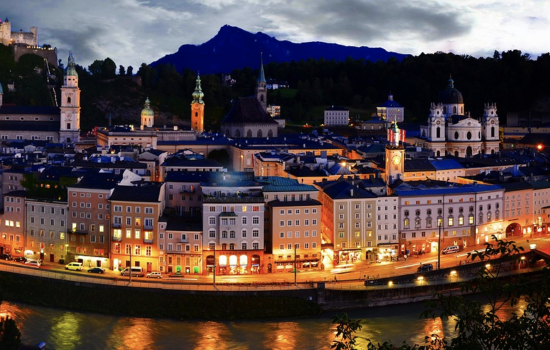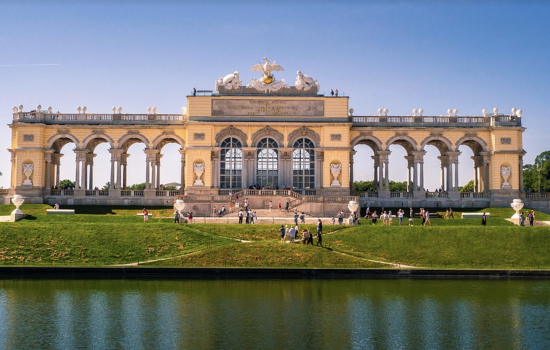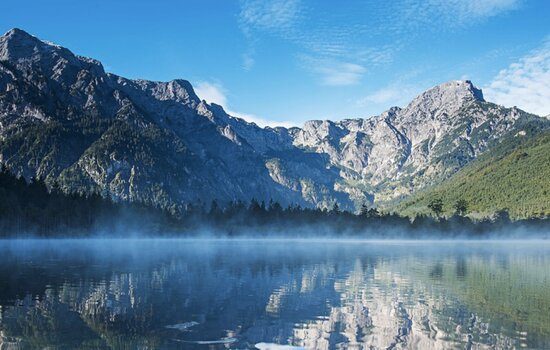
Welcome to Austria!

About Austria
Austria, a landlocked country in Central Europe, is composed of nine federal states, including Vienna, its capital and largest city. It is bordered by Germany, the Czech Republic, Slovakia, Hungary, Slovenia, Italy, Switzerland, and Liechtenstein. Covering 83,879 km², Austria has a population of nearly 9 million. Its official language is German, with many speaking Bavarian dialects.
Historically, Austria emerged in 976, became a duchy, and later the heart of the Habsburg Monarchy. It developed into a powerful empire and, after defeat in the Austro-Prussian War (1866), entered into the Austria-Hungary Dual Monarchy. After World War I, Austria became a republic, but was annexed by Nazi Germany in 1938. Following WWII, Austria regained sovereignty in 1955 as the Second Republic.
Austria is predominantly mountainous, with the Alps covering much of the country. Only about a quarter of its land is low-lying, and 32% is below 500 meters. (Wikipedia: Austria)
A special thank you to Jannik Olhoff for the expansive view of cities to lakes in Austria. You will be inspired!

Country Planning Guide
Map of Austria

What to Know Before You Go
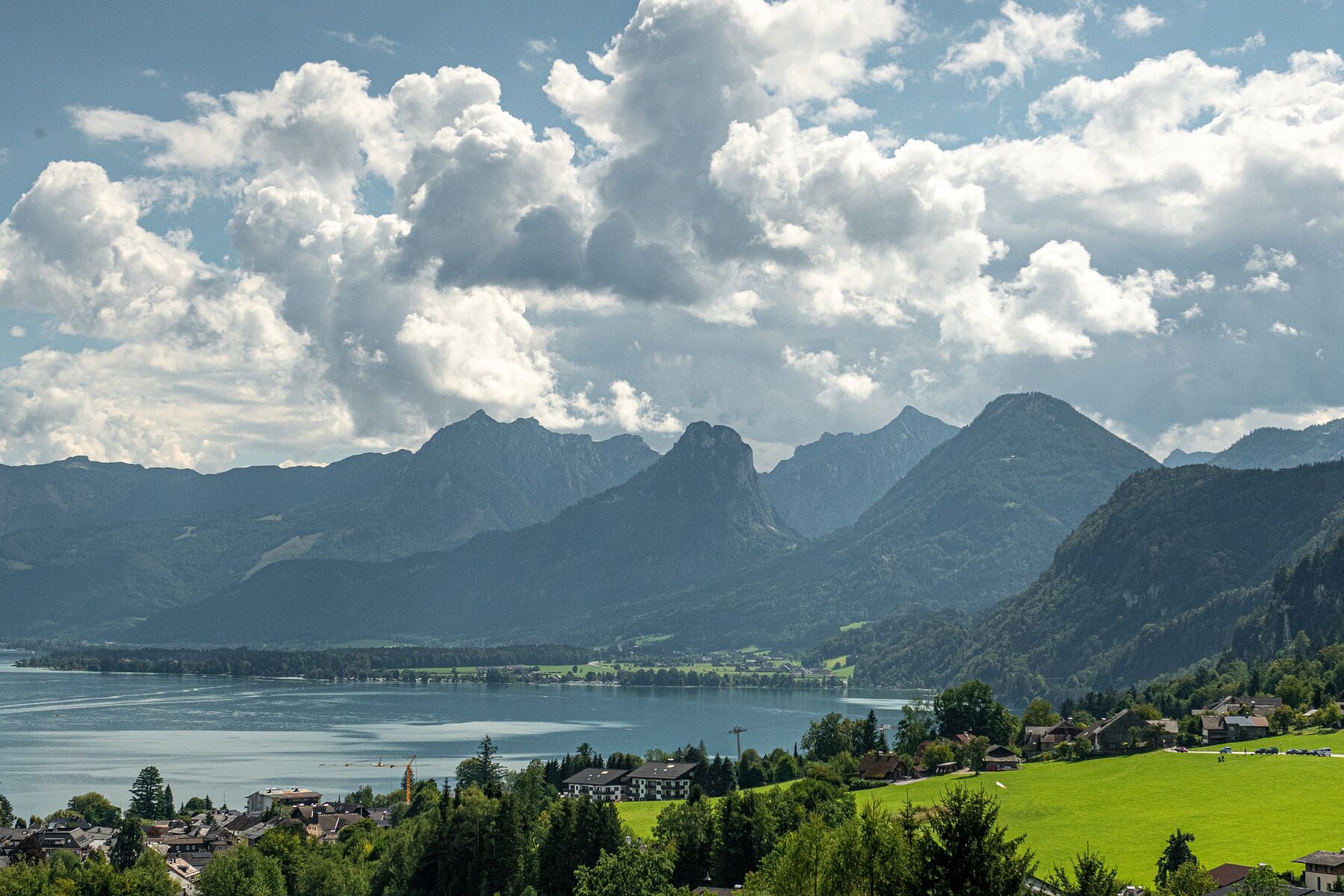
Austria is a year-round destination, with each season offering something unique. The best time to visit depends on your interests: winter (December to February) is perfect for skiing in the Alps, while summer (June to August) brings warm weather ideal for hiking, cycling, and exploring cities like Vienna and Salzburg. Spring (April to May) offers pleasant temperatures and fewer crowds, making it ideal for sightseeing, while autumn (September to November) is perfect for experiencing vibrant fall foliage and wine harvest festivals, especially in regions like Burgenland and Lower Austria.
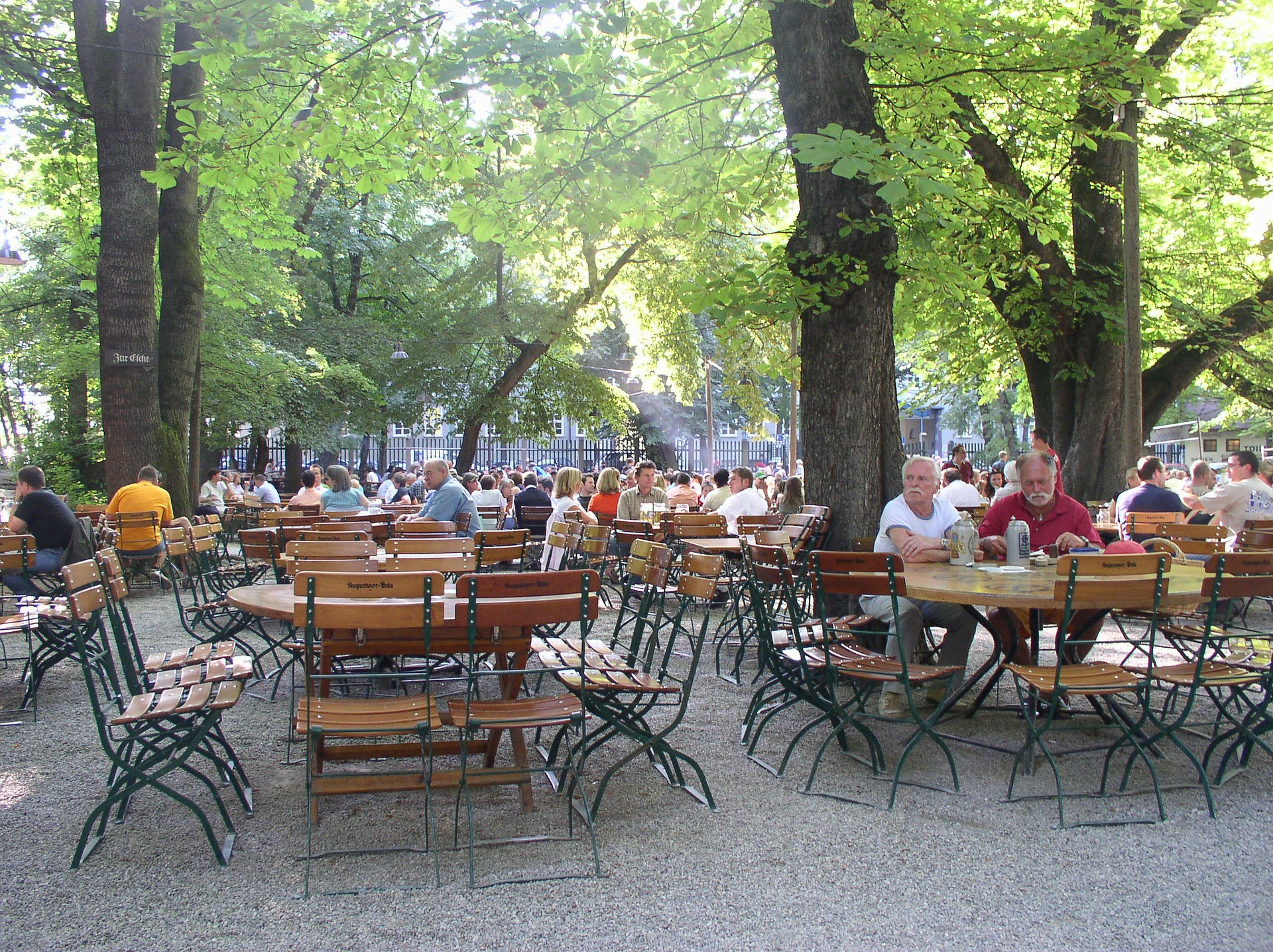
Austria boasts a rich cultural heritage, blending imperial history, classical music, and modern art. Known as the birthplace of famous composers like Mozart, Beethoven, and Strauss, it offers vibrant cultural experiences through its many opera houses, concert halls, and museums. Austrian cuisine features hearty dishes like Wiener Schnitzel, Sachertorte, and Strudel, while its wine regions produce renowned varieties. The official language is German, with distinct regional dialects, though English is widely spoken in tourist areas. Austrians take pride in their traditions, from folk music and dance to contemporary festivals and the renowned coffee house culture.
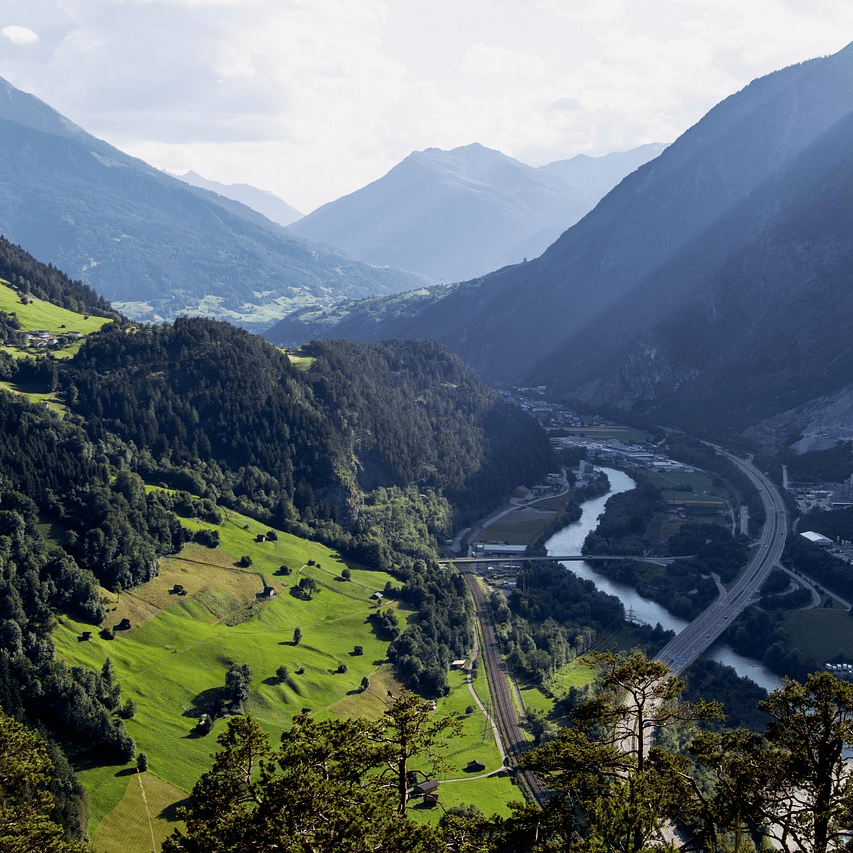
Austria is easily accessible by air, with major international airports in Vienna, Salzburg, and Innsbruck, offering direct flights from many global destinations. By train, Austria is well-connected to neighboring countries, with efficient services linking cities like Vienna, Munich, and Zurich. Once in Austria, the extensive public transportation system—including trains, buses, and trams—makes getting around convenient and reliable. Renting a car is also a great option for exploring the countryside or remote alpine areas. In cities, the Vienna U-Bahn (subway) and regional trains provide quick access to urban and suburban areas, while bike rentals are popular for leisurely sightseeing.
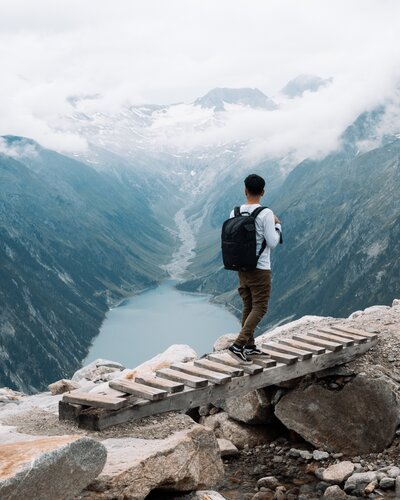
To save on travel costs in Austria, consider visiting during the off-season (spring or fall) when accommodation prices are lower and attractions are less crowded. Purchasing an Österreich Card offers discounts on museums, attractions, and public transportation in major cities. For budget-friendly accommodation, look for hostels, guesthouses, or Airbnb options, especially outside Vienna. Using Austria’s efficient public transport system is often cheaper than taxis, and many cities offer multi-day transport passes that provide unlimited travel at a reduced rate. Additionally, local markets and cafes often serve delicious, affordable meals compared to tourist hotspots.
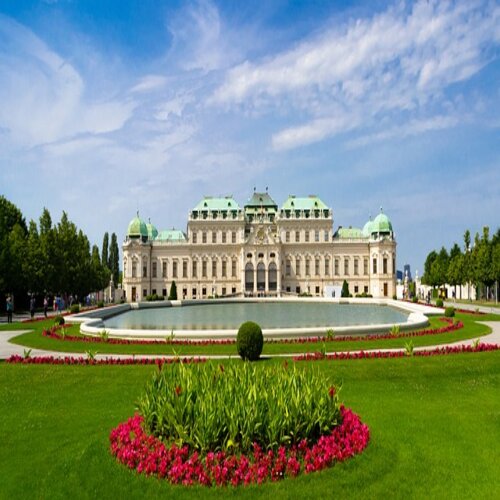
Austria is home to a wealth of iconic landmarks, blending imperial history with natural beauty. In Vienna, the Hofburg Palace and Schönbrunn Palace showcase the country’s royal heritage, while the Stephansdom (St. Stephen’s Cathedral) stands as a stunning symbol of Gothic architecture. Salzburg, the birthplace of Mozart, is famous for its Hohensalzburg Fortress and charming Old Town, a UNESCO World Heritage site. The Alpenzoo in Innsbruck offers breathtaking views of the Alps, while the Grossglockner High Alpine Road offers a scenic drive through the country’s highest peaks. The Wachau Valley, with its vineyards and castles, is another must-see, as is the Krimml Waterfalls, one of Europe’s tallest.
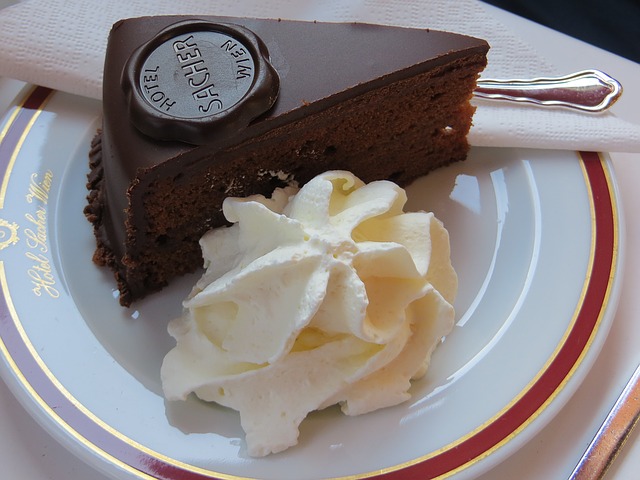
Austrian cuisine is a hearty blend of Central European flavors, with dishes like Wiener Schnitzel (breaded veal or pork cutlet), Tafelspitz (boiled beef), and Kaiserschmarrn (fluffy shredded pancakes) being local favorites. For dessert, indulge in the world-famous Sachertorte, a rich chocolate cake, and Apfelstrudel, a traditional apple pastry. Austria is also renowned for its wines, particularly from regions like Burgenland and the Wachau Valley, where you can sample crisp white wines like Grüner Veltliner. Coffee culture is a significant part of daily life, and a visit to a classic Viennese coffee house offers a chance to savor a Melange (similar to a cappuccino) with a slice of cake, all while enjoying the historic ambiance.
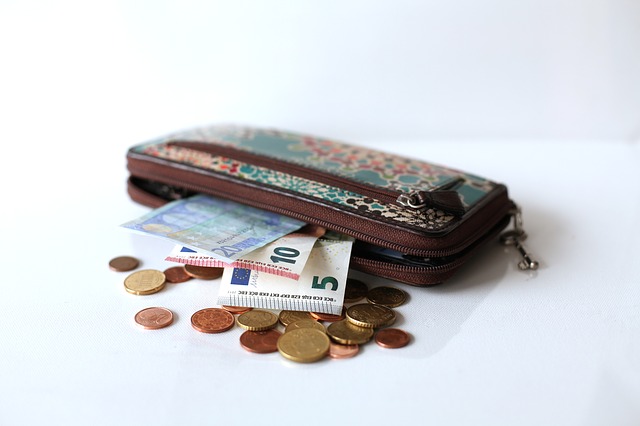
In Austria, tipping is customary but not mandatory. It’s typical to round up the bill or leave around 5-10% in restaurants, with a bit more for exceptional service. For taxis, rounding up the fare is appreciated, and hotel staff generally receive a small tip (1-2 euros). The official currency is the euro (EUR), and credit cards are widely accepted, though it's always a good idea to carry some cash for smaller establishments or rural areas. ATMs are readily available, and exchange services can be found in major cities, but be mindful of exchange fees when withdrawing cash.
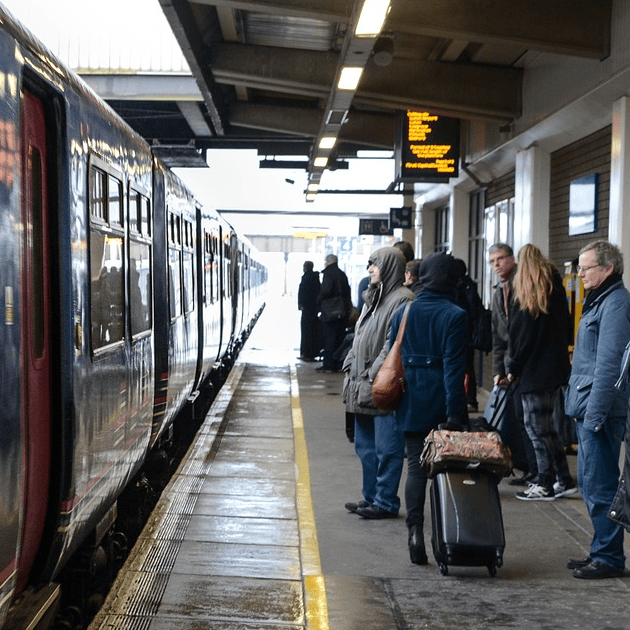
Austria uses Type F power outlets, with a standard voltage of 230V and frequency of 50Hz, so travelers from countries with different plug types will need an adapter. It's a good idea to bring a universal adapter if you're traveling from abroad. In terms of other essentials, it's important to note that German is the official language, though many people speak English, especially in tourist areas. Austrians are generally punctual, so it's recommended to be on time for appointments and public transportation. When visiting churches or other religious sites, dress modestly, covering shoulders and knees. Lastly, public transportation is efficient, but always remember to validate your ticket, as fines for not doing so can be hefty.

Planning Your Destination

Get Inspired Videos & Podcasts
Top 10 Austria
We are huge fans of Ryan Shirley. He always inspires and makes you want to book the net trip to where he is! The views are always breathtaking and his take on these area will make you want to add to your itinearary.

Get Inspired: Austrian Recipes!


